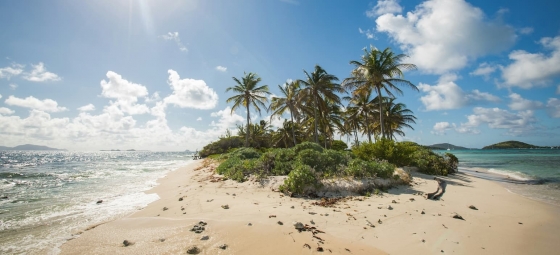Passekudah Temperatures: Monthly Averages and Year-Round Insights
On this page, weâll explore Passekudahâs temperature statistics in detail, including day and night variations and monthly averages. Weâll also compare the annual temperature to other cities in Sri Lanka.
Monthly Temperature Averages
With minimal seasonal shifts, Passekudah experiences a constant climate year-round. On average, maximum daytime temperatures range from a very warm 34ÂḞC in June to a warm 28ÂḞC in January. Nighttime temperatures can drop, with averages reaching 24ÂḞC in January.
The chart below illustrates the average maximum day and minimum night temperatures in Passekudah by month:
The lowest temperatures typically occur between 4 AM and 6 AM, while the peak temperatures are generally observed around 3 PM, coinciding with the sunâs strongest heating effect. June, the cityâs warmest month, enjoys 265 hours of sunshine.
The chart below shows the average temperature throughout the year:
January, the cityâs coldest month, sees about 170 mm of rainfall spread over roughly 6 days. It records 203 hours of sunshine of sunshine.
Annual Temperatures in Sri Lanka Compared
The map below shows the annual temperature across Sri Lanka. You can also select the different months in case you are interested in a specific month.
 very warm
very warm
 warm
warm
 pleasant
pleasant
 moderate
moderate
 cold
cold
 very cold
very cold
Passekudah Temperatures Compared World Wide
Passekudahâs average annual maximum temperature is 31ÂḞC. Letâs compare this with some popular tourist destinations:
In Lisbon, Portugal, the average annual temperature is 21ÂḞC, offering warm summers and mild, rainy winters.
Interlaken, Switzerland, the average annual temperature is significantly lower at 8ÂḞC, with mild summers and very cold winters.
In Seoul, South Korea, the average annual temperature is 18ÂḞC, featuring distinct seasons.
Melbourne, Australia, has a slightly cooler climate, with an average annual temperature of 20ÂḞC.
How does the temperature feel?
Humidity is an essential factor in how you experience temperature. When a warm period is accompanied by high humidity, it results in a higher perceived temperature. This is especially true when temperatures exceed 25ÂḞC, as it can cause greater discomfort.
In Passekudah, during the coolest month, January, you will experience 79% humidity, which is considered high. This is accompanied by an average maximum temperature of 28ÂḞC. In the warmest month, June, the humidity is 69% combined with an average maximum temperature of 34ÂḞC, which creates a high-feel temperature. Explore our detailed page on humidity levels for further details.
How are these Temperatures Measured?
Generally, temperature data depicting climate is usually given over a 30-year average in order to reduce short-term fluctuations and reveal better long-term trends in climate conditions.
This temperature data is taken from land-based thermometers, ocean buoys, ships, and satellites. These measurements are transmitted to weather stations and climate centers around the globe where they are processed, averaged, and analyzed in order to monitor the trends and create climate models.
Temperatures in the Mountains
Although not all regions have mountains, elevated areas exhibit distinct temperature variations.
- Sun Exposure: Sunlit slopes tend to be warmer, while shaded areas remain cooler.
- Altitude Effects: Temperatures drop by approximately 6ÂḞC for every 1,000 meters of elevation, creating distinct microclimates.
For more detailed information about Passekudahâs weather, including monthly rainfall, sunshine hours, and humidity levels, visit our Passekudah climate page.
Current temperature in Passekudah
broken clouds and rain
partly cloudy and rain
broken clouds and thunder




